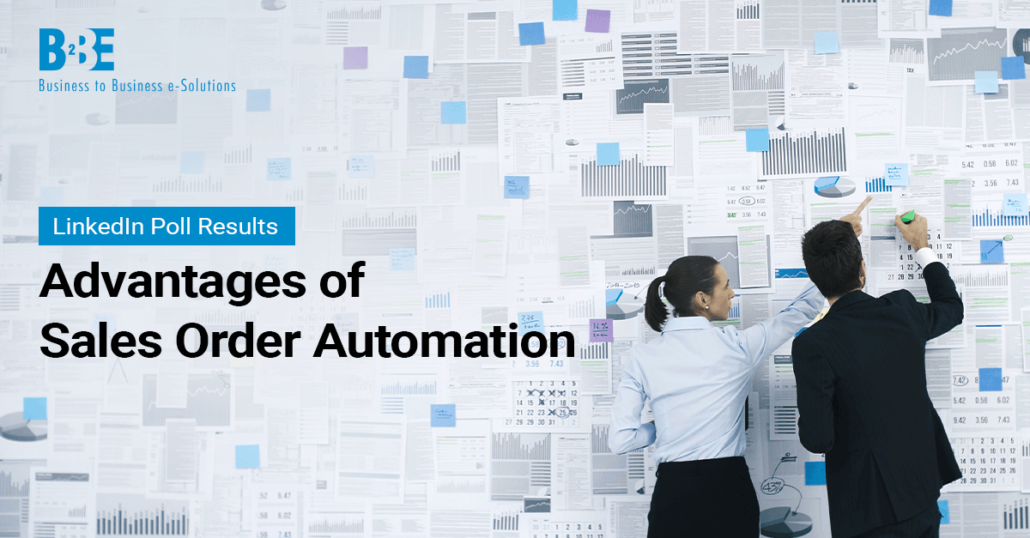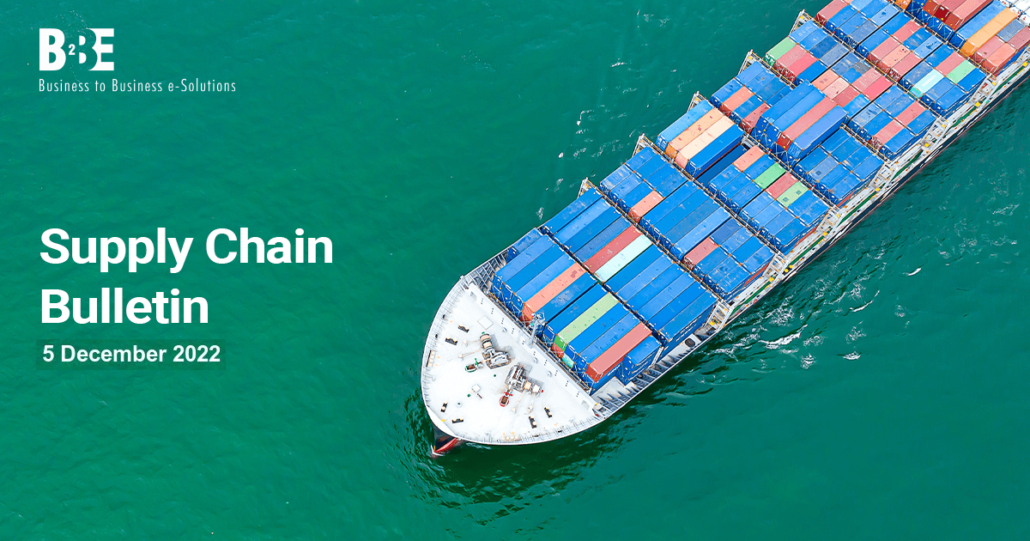What are the biggest advantages of sales order automation for your organisation?
Sales order automation concerns the way a business processes its customers’ orders and directly impacts the order to payment process. Organisations that rely on manual processes could put themselves at risk of delivering poor customer service, impacting their profitability. With challenges such as sales orders not being complete, data being wrong and the customer having […]
What are the biggest advantages of sales order automation for your organisation? Read More »





